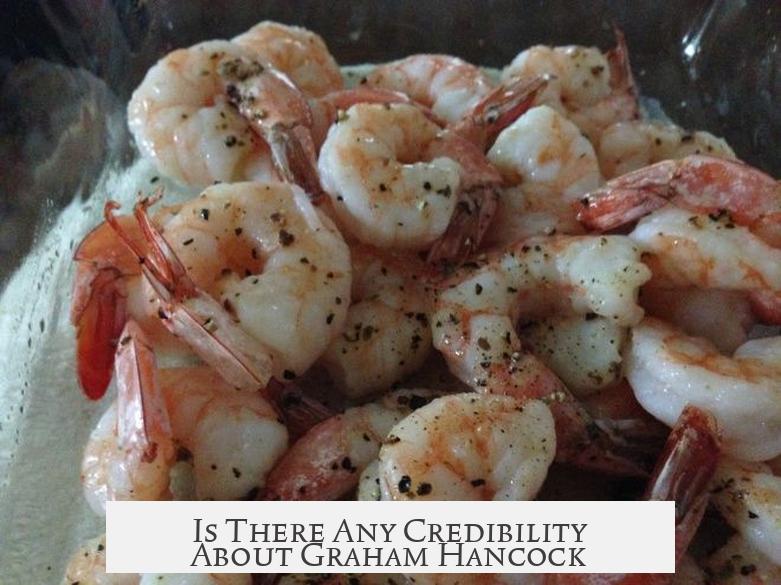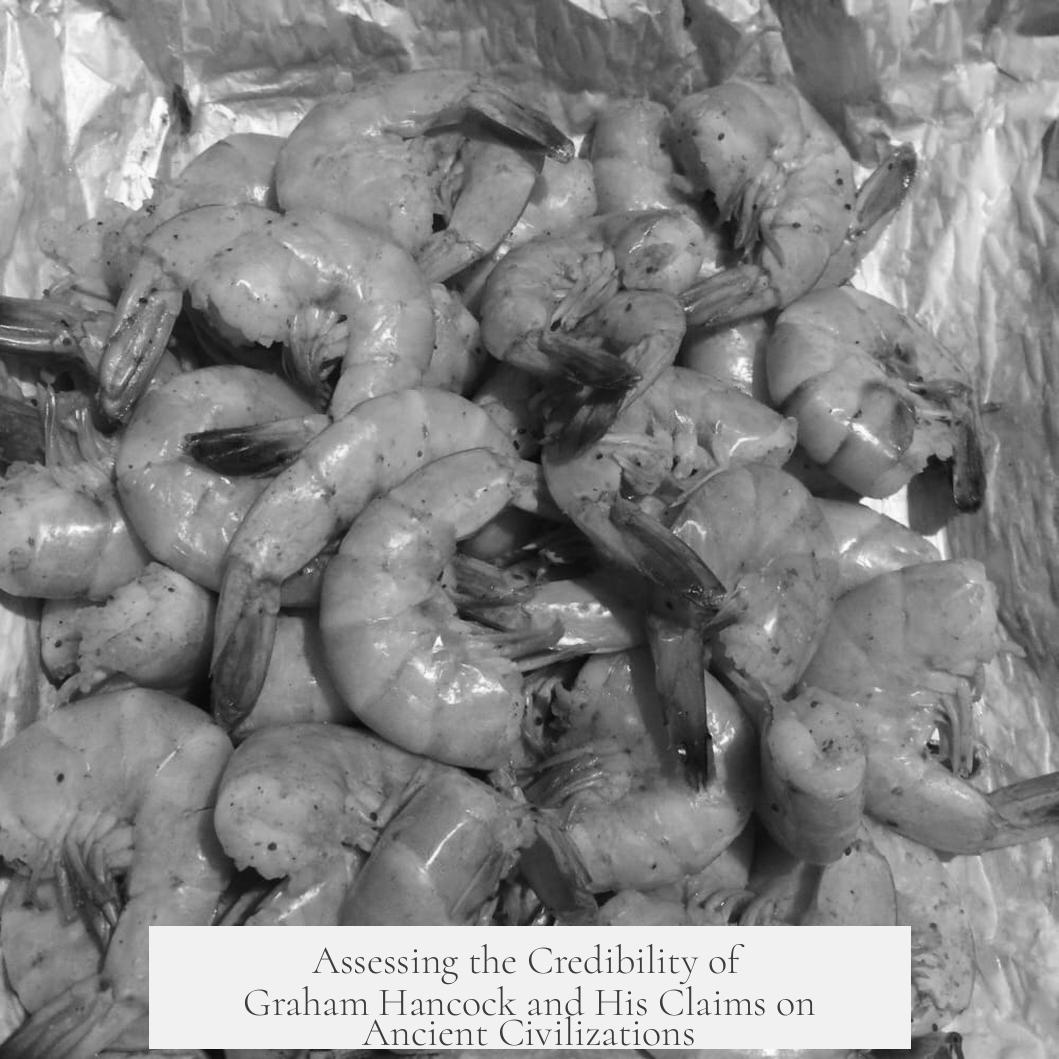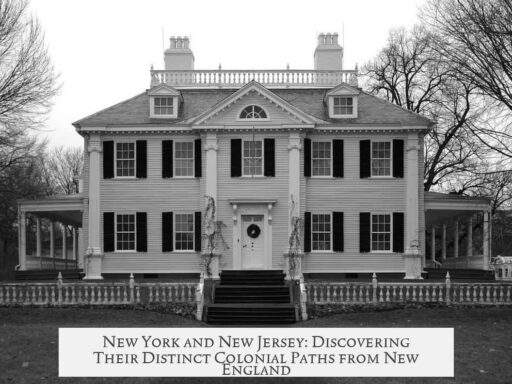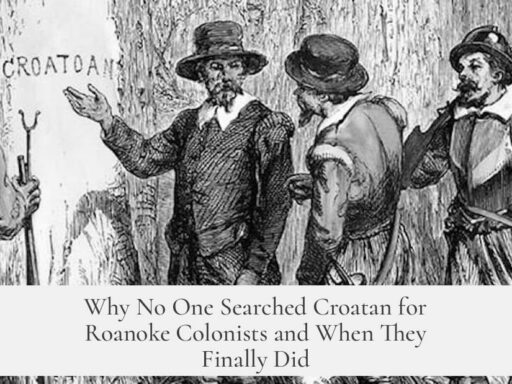Graham Hancock’s credibility as a researcher and author is widely disputed and largely criticized by the scientific and academic communities. While he presents himself as an investigative historian uncovering lost ancient civilizations, his approaches and conclusions often lack solid scientific support, thus challenging his authority in archaeology and history.
Hancock’s methodology is a key reason for his questioned credibility. He frequently shifts his focus and selectively uses evidence to support preconceived conclusions. This cherry-picking of data leads to biased interpretations rather than objective analysis. For instance, his interpretation of the site Göbekli Tepe illustrates this flaw clearly. Hancock argues that the site’s advanced architecture could not have been constructed by hunter-gatherers of that era, suggesting instead an unknown advanced civilization. However, when scrutinized, he fails to explain why this supposed civilization lacked basic elements like metal tools or writing systems, which are normally associated with advanced cultures. His approach neglects well-substantiated archaeological research that contradicts his theories.
Another facet undermining Hancock’s credibility is his tendency to propagate conspiracy theories about the suppression of his findings by mainstream archaeologists. He suggests that established scholars intentionally hide the “real truth” of history. This narrative positions him as a lone seeker exposing a vast cover-up, a claim that lacks evidence and demands that thousands of professionals across disciplines participate in an unlikely, massive conspiracy. Such claims rely heavily on false authority and dramatize his work without credible backing.
Financial incentives also play a role in Hancock’s continued promotion of these ideas. His theories attract widespread public interest, generating significant revenue through book sales, documentaries, and speaking engagements. While financial gain does not discredit all individuals, it raises concerns when combined with questionable scientific practices and unverified claims.
Hancock’s rejection of the scientific method is another major point against his credibility. Science depends on collecting evidence and forming conclusions afterward. Hancock reverses this process, drawing conclusions first and then searching for supporting evidence. This inversion often leads to misinterpretation or exaggeration of findings and disregards the dynamic nature of archaeology, which continuously updates its models in response to new data.
His misrepresentation of archaeological work extends beyond methodology. He portrays archaeologists as rigid and resistant to new ideas, which is inaccurate. Archaeology has a well-documented history of revising theories and expanding knowledge as discoveries emerge. Hancock’s accusations ignore this flexibility and portray a misleading picture of the scientific community.
Hancock also capitalizes on popular fascination with mysteries and conspiracy theories. Stories about lost advanced civilizations or secret knowledge appeal to many, creating a lucrative market for sensational narratives. These stories resemble tactics used in pseudoscience fields, offering supposed “hidden truths” dismissed by conventional experts. This marketing strategy enhances his reach but does not increase the factual reliability of his work.
Scientific evidence contrasts Hancock’s advanced civilization theories. Archaeology presents extensive proof of gradual developments in agriculture, animal husbandry, and metallurgy, demonstrating evolutionary progress over thousands of years without requiring unknown advanced precursors. These developments show clearly that complex societies evolved through cumulative knowledge rather than sudden leaps or forgotten civilizations.
Hancock has historical influences supporting his theories, notably from the 9th-century Persian astrologer Abu Ma’shar. Abu Ma’shar promoted the idea that history was governed by planetary movements and claimed Egyptian pyramids were built before the biblical Flood to preserve scientific knowledge. Hancock’s pyramid theories echo these ancient astrological narratives but lack modern archaeological support and remain speculative.
Many specific claims Hancock makes also face direct rebuttals. For example, his assertion about the Bimini Road being remnants of an ancient road is disproven by geological studies showing it is a natural rock formation rather than man-made structures. Such examples illustrate how his interpretations often ignore or contradict established scientific explanations.
In essence, Graham Hancock’s works do not meet academic or scientific standards of credibility. His research involves selective evidence, unsupported assertions, conspiracy claims, and financial motivations. While his storytelling engages public interest, this does not equate to genuine scientific validity. The broader academic community views his ideas as pseudoscience rather than reputable archaeology or history.
- Hancock uses selective evidence and preconceived conclusions instead of objective scientific methods.
- His conspiracy claims require unrealistic collusion among thousands of professionals.
- Scientific evidence supports gradual development of civilization, contradicting his advanced civilization theories.
- His ideas are influenced by outdated astrological narratives lacking modern archaeological support.
- Many of Hancock’s specific claims, like those about Göbekli Tepe and Bimini Road, are disproven by experts.
Is There Any Credibility About Graham Hancock?

Short answer: If you’re looking for solid science, the credibility of Graham Hancock is, well, questionable at best. Hancock spins thrilling tales about lost advanced civilizations, ancient mysteries, and hidden truths that mainstream archaeologists supposedly want to keep under wraps. Sounds exciting, right? But let’s unpack this carefully.
Graham Hancock is famous for his bold claims about ancient sites like Göbekli Tepe and the Great Pyramids, suggesting these were built by long-lost advanced civilizations with knowledge far beyond what we usually credit prehistoric people with. His fans love the idea of hidden truths and secret histories, but does the evidence support his views? Not quite.
Why Do Many Scholars Call Him a “Crank”?
The term “crank” might sound harsh, but it sums up the general academic consensus. Hancock’s methodology often sidesteps the principles of good science. Instead of letting evidence guide his conclusions, he starts with a theory and hunts for anything—no matter how shaky—that supports it. That’s classic cherry-picking, which can quickly paint a misleading picture.
“One hallmark of folks like these is shifting goalposts and cherry-picking ideas.”
Consider his take on Göbekli Tepe. He argues that hunter-gatherers couldn’t have built the site since it shows “advanced architecture,” so an unknown advanced civilization must have been behind it. Sounds intriguing, but he struggles to explain why this supposed civilization left no trace of writing, metal tools, or other typical hallmarks. This inconsistency reveals a problem—he’s fitting the facts to his story, not building the story around facts.
False Authority and the “Cover-Up” Story

Hancock’s narrative also plays the popular “underdog truth-teller” card. He suggests mainstream archaeologists are hiding the real history from us—painting them as a secret cabal suppressing the truth. Unfortunately for this theory, it requires imagining an impossible global conspiracy involving thousands of scientists, teachers, administrators, publishers, and peer reviewers. All in on it? Sounds unlikely.
This “false authority” tactic helps Hancock maintain a devoted following eager to believe they hold secret knowledge. It’s the same strategy seen across many pseudosciences like astrology, crystal healing, or conspiracy theories claiming “they don’t want you to know.”
Financial Incentive and Popularity
Let’s be honest—these theories sell books, TV shows, and tickets. Fascinating stories about mysterious ancient advanced civilizations drum up a loyal audience. Hancock knows how to tell a gripping story, but it’s important to recognize storytelling isn’t a substitute for science.
The Scientific Method vs. Hancock’s Approach

| Science | Hancock’s Approach |
|---|---|
| Start with evidence, then draw conclusions. | Start with conclusion, then pick evidence. |
| Adjust theories based on new data. | Ignore or reject evidence that disproves theories. |
| Peer-reviewed and transparent. | Claims often lack peer review and rely on conjecture. |
Real archaeology is a dynamic field. Models change when new evidence arises. Contrary to Hancock’s portrayal, scientists want to know the truth, not uphold dogma.
What Do We Really Know About Ancient Civilization Development?
The core problem with Hancock’s advanced civilization theory: we already have solid, well-documented evidence of gradual development in agriculture, animal husbandry, and metalworking. We see clear traces of how people domesticated plants and animals and progressed from simple to complex metallurgy over thousands of years. These innovations didn’t burst forth from some hidden advanced culture suddenly dropping knowledge—they evolved over millennia.
So, is there any mystery here? Not really. The archaeological record shows a steady buildup of human ingenuity—not a sudden, unexplained leap.
Where Did Hancock Get His Ideas?

Interestingly, a lot of Hancock’s core ideas trace back to a 9th-century Persian astrologer named Abu Ma’shar. Abu Ma’shar argued that historical events align with planetary movements—think astrology meets history. He also suggested Egyptian pyramids were built before a great flood to preserve ancient wisdom.
Hancock resurrects and popularizes these old theories, but they belong more to mythology and esoteric traditions than to rigorous archaeology.
Calling Out Specific Claims: The Bimini Road
One of the more amusing examples is Hancock’s claim about the Bimini Road off the coast of the Bahamas. He suggests it’s evidence of an ancient submerged road or wall. In reality, it’s just a natural arrangement of underwater rocks—mountains, not man-made structures.
It’s a reminder to question extraordinary claims and check if the evidence holds up.
Should You Take Hancock Seriously?

Enjoying Hancock’s books and shows as entertaining stories is fine. But if you want reliable history and archaeology, proceed with caution. Hancock’s work is popular because it taps into our love for mysteries and secret knowledge. Yet, science demands testable hypotheses and evidence-driven conclusions.
Here are some quick tips when approaching such claims:
- Check for peer-reviewed support: Is the claim backed by credible archaeology?
- Look for alternative explanations: Does mainstream science provide simpler, better-supported answers?
- Beware of conspiracy narratives: They often indicate a lack of solid evidence.
- Appreciate real archaeological discoveries: They reveal an ongoing journey of human innovation.
Wrapping It Up
So, to answer the original question—Is there any credibility about Graham Hancock? While Hancock’s storytelling grabs attention, his conclusions don’t hold up under scientific scrutiny. He flips the scientific method on its head by choosing evidence to fit preconceived ideas, promotes unfounded conspiracy tales, and overlooks solid, well-established archaeological research.
That said, his popularity tells us one thing: people crave wonder, mystery, and big stories. That’s human. But let’s celebrate the real discoveries and efforts of scientists who piece together our past carefully, patiently, and honestly—without the need for sensationalism or secret plots.
Want more fascinating history without the hype? Dive into reputable archaeology. Those genuine nuggets are just as awe-inspiring, without the smoke and mirrors.
Is Graham Hancock considered credible by mainstream experts?
Most experts regard Hancock as lacking credibility. His theories often conflict with accepted archaeological evidence and methods.
How does Graham Hancock handle evidence in his work?
Hancock tends to start with conclusions and selects evidence to support them. This reverses the scientific method, which requires drawing conclusions from evidence.
What is the critique regarding Hancock’s Göbekli Tepe theory?
He claims it was built by an advanced civilization beyond hunter-gatherers’ capabilities. Yet, he can’t explain why no metal tools or writing appear there, which contradicts his theory.
Does Graham Hancock accuse mainstream archaeology of a cover-up?
Yes. He suggests ‘mainstream archaeology’ hides his ‘real truth.’ This conspiracy claim requires believing the entire scientific community is colluding.
Is there evidence supporting the idea of a lost advanced prehistoric civilization as Hancock suggests?
The archaeological record shows gradual development of agriculture, metalworking, and domestication over thousands of years. No urgent need exists for a mysterious advanced precursor civilization.
What motivates the popularity of Hancock’s theories despite their flaws?
His stories tap into love for mysteries and secret knowledge. This attracts audiences and financial gain but does not make his claims scientifically valid.




